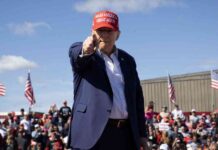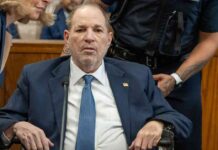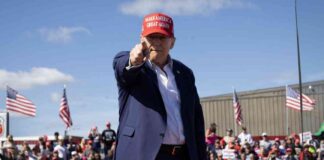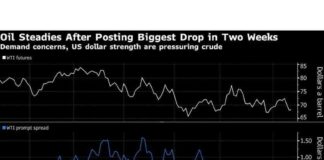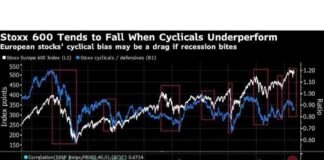Economists Misjudge China’s Free Trade Impact: A Deep Dive
Economists have long been at odds with the American public over the impacts of tariffs and free trade policies. While economists have vehemently warned of negative consequences, a recent poll shows that a significant portion of Americans believe tariffs could benefit the U.S. economy. This disconnect can be traced back to the historical misjudgments of economists regarding the effects of free trade.
Decades of economic theory touted the benefits of free trade, painting a rosy picture of job growth and economic prosperity. However, recent studies on the “China Shock” have shattered these optimistic assumptions. The influx of Chinese imports following China’s entry into the World Trade Organization in 2001 led to catastrophic consequences for American manufacturing workers and communities.
Economists like David Autor, David Dorn, and Gordon Hanson spearheaded research on the China Shock, revealing the harsh realities faced by displaced workers. Contrary to traditional economic theories, the adjustment process for these workers was arduous and slow, with long-lasting scars on both individuals and communities. The ripple effects of the China Shock included higher unemployment rates, wage declines, and social issues like child poverty and substance abuse.
The groundbreaking research on the China Shock prompted a significant reevaluation of trade policies among economists and policymakers. Industrial policy and place-based strategies gained traction as viable solutions to support struggling communities and workers. The latest installment of the China Shock research, published by Autor, Dorn, Hanson, Maggie Jones, and Bradley Setzler, delves deeper into the long-term effects of the trade shock.
Analyzing data up to 2019, the economists found that while local economies eventually recovered from the initial shock, the recovery did not extend to the affected workers. Manufacturing workers failed to transition to new sectors, leaving them stranded in declining industries without viable alternatives. The disparity between economic rebound at a community level and individual job prospects highlights the systemic challenges faced by displaced workers.
The failure of economists to accurately predict the fallout of free trade with China can be attributed to several factors. Historical trade patterns among wealthy nations did not prepare economists for the intense competition posed by lower-income countries like China. The rise of empirical research methods in economics shed light on the real-world impacts of trade shocks, challenging traditional theoretical models that underestimated the complexities of labor market adjustments.
Moreover, the theory of comparative advantage, a cornerstone of economic thought, failed to account for the devastating effects of trade shocks on specific industries and communities. While some sectors benefited from trade with China, the losses incurred by manufacturing workers and their communities far outweighed the gains. The reluctance of workers to transition to new sectors or locations underscored the limitations of economic mobility in the face of disruptive trade policies.
Despite the potential benefits of free trade, the China Shock research highlights the need for targeted interventions to support vulnerable workers and communities. While tariffs may offer short-term relief, long-term solutions require a comprehensive approach that combines strategic tariffs with public investments in emerging industries. By acknowledging the limitations of traditional economic theories, policymakers can craft more effective policies to address the challenges of modern trade dynamics.
In conclusion, the legacy of the China Shock serves as a cautionary tale for economists and policymakers alike, reminding them of the real-world consequences of free trade misjudgments. By embracing a more nuanced approach to trade policy, grounded in empirical evidence and targeted interventions, we can build a more resilient and equitable economy for all Americans.






